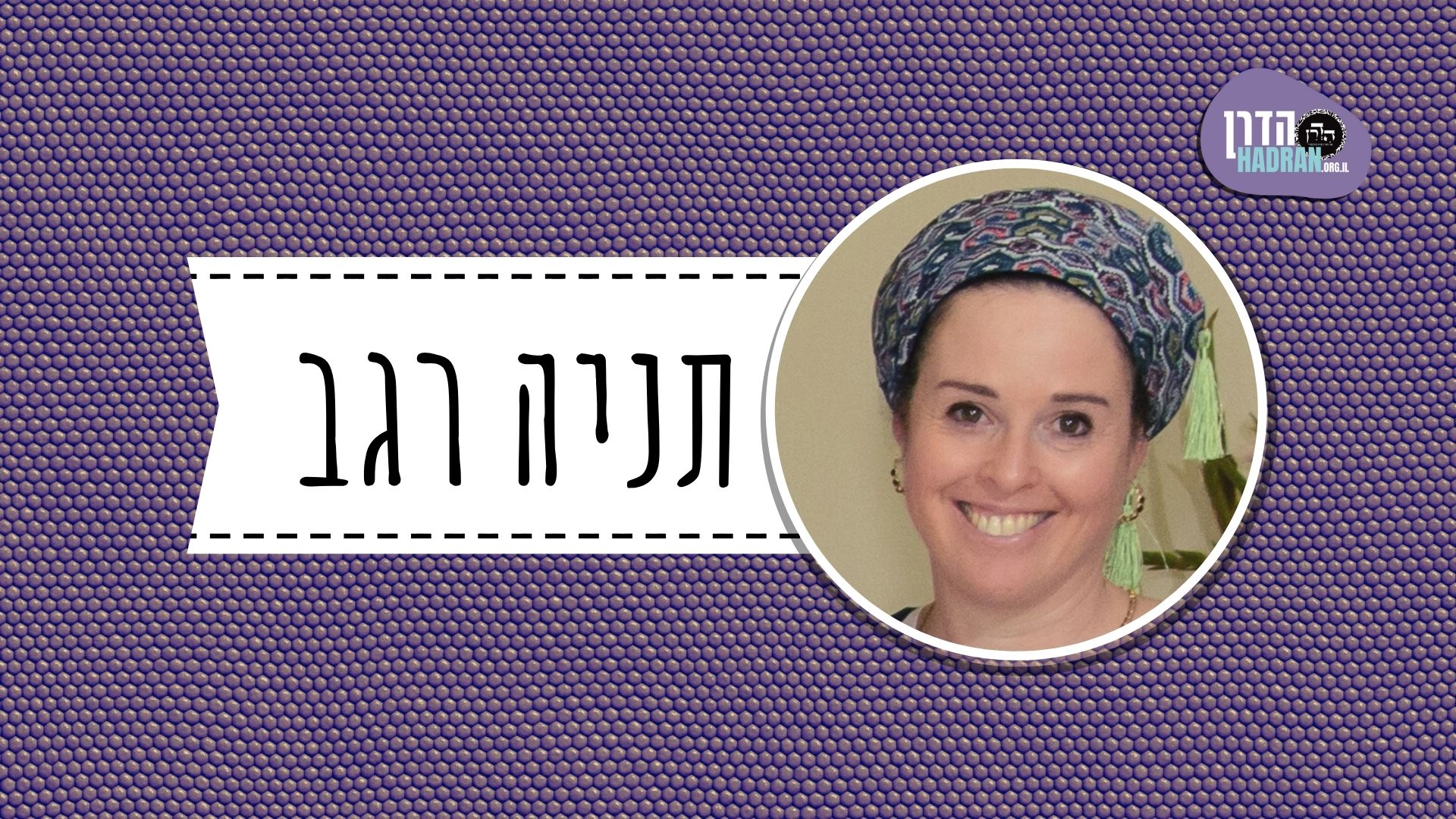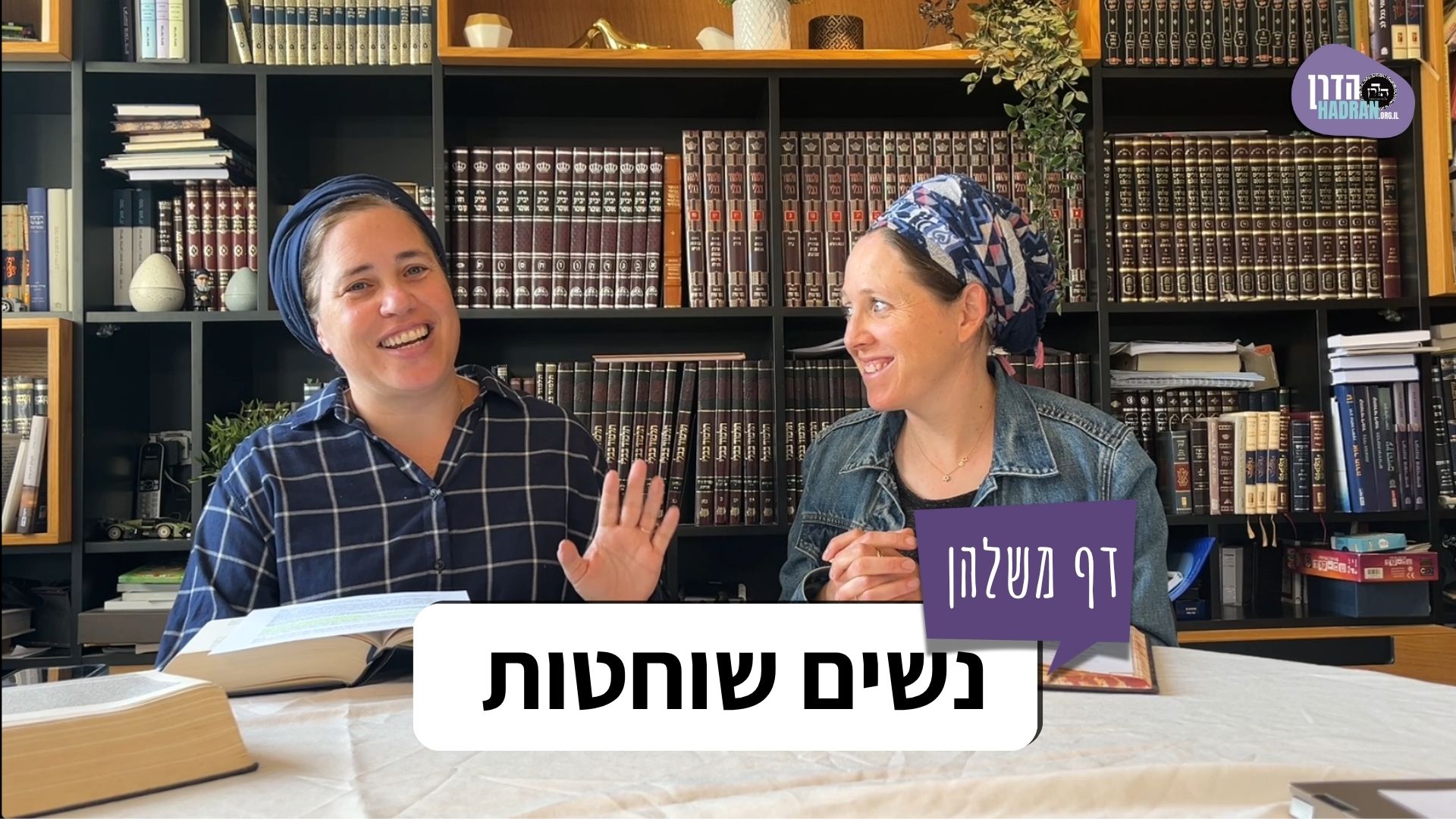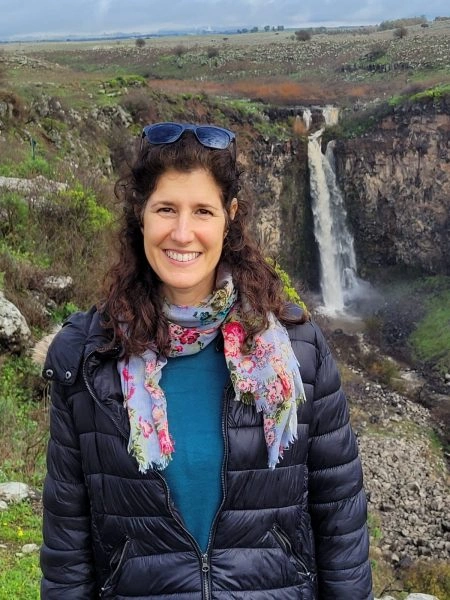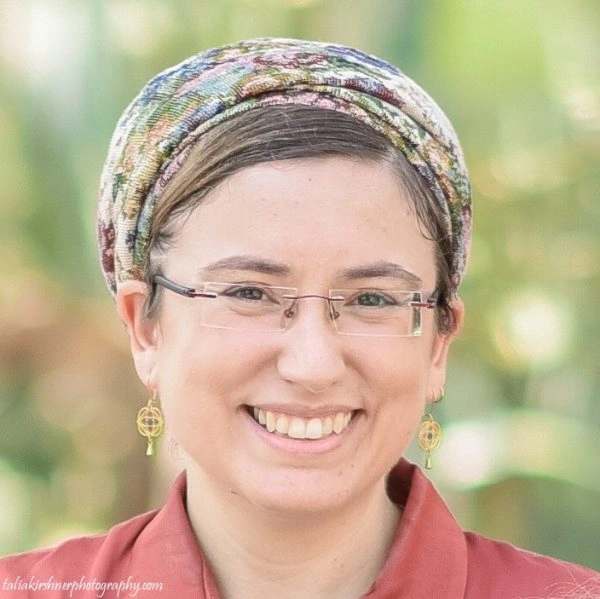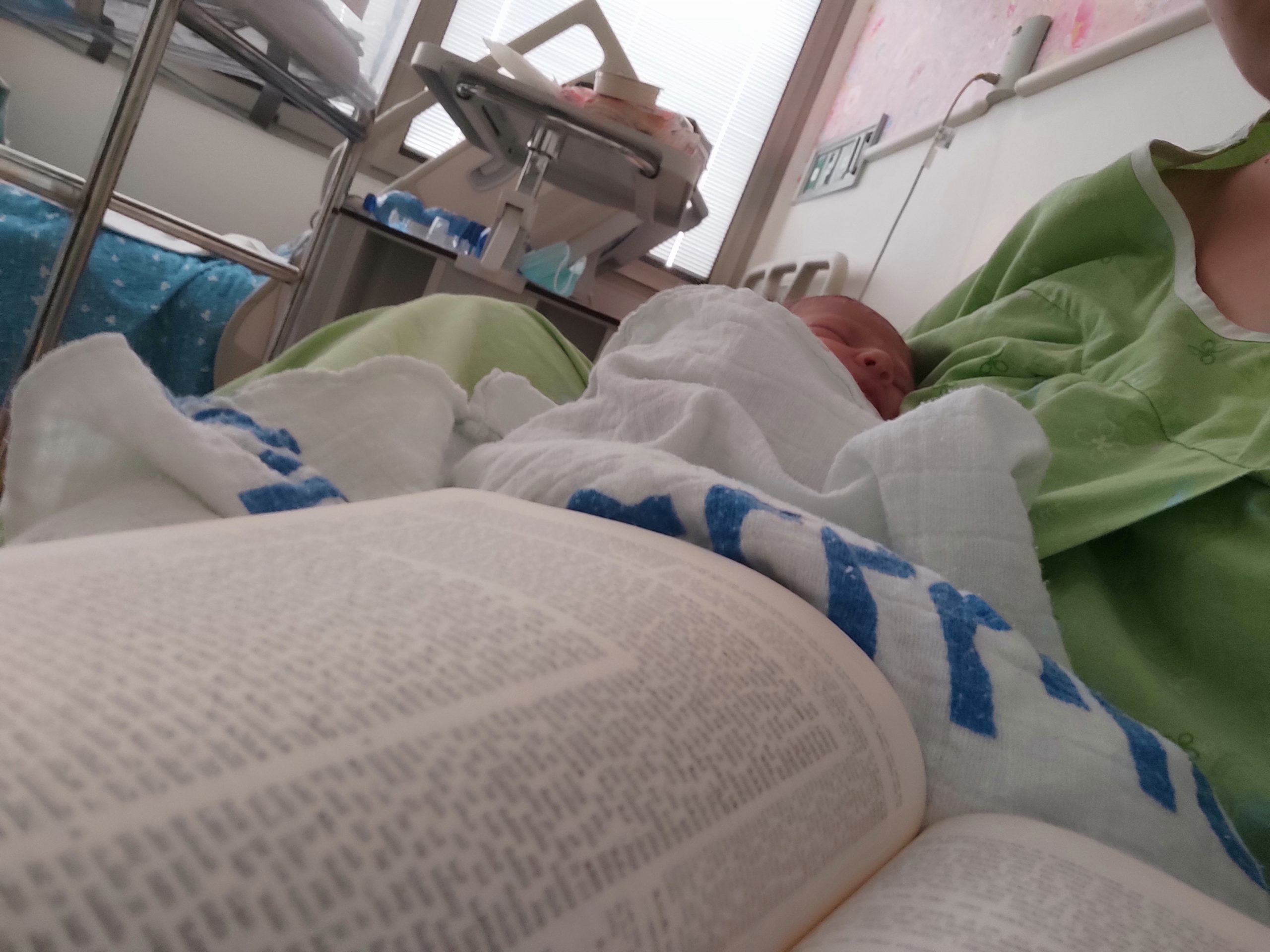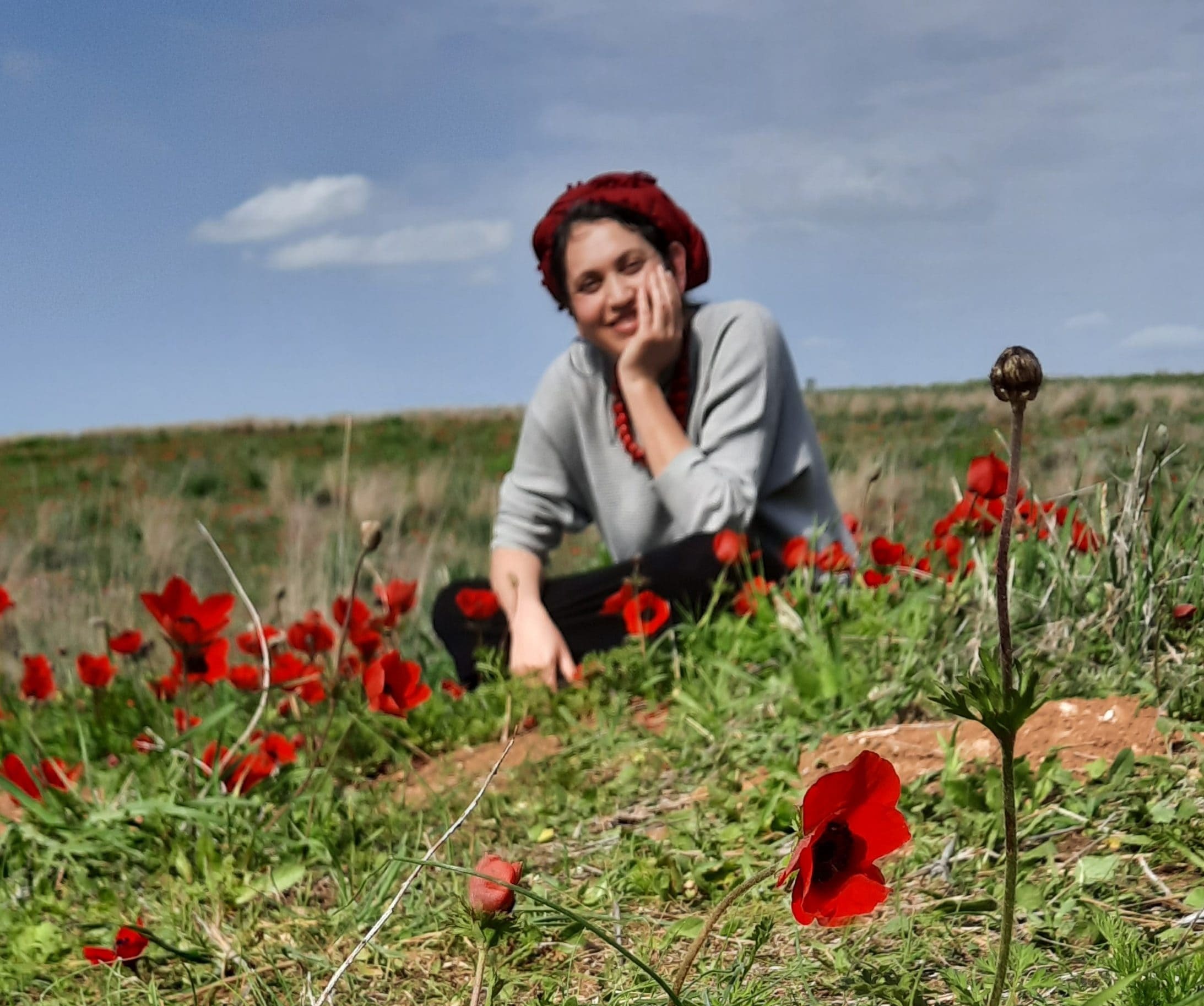מסכת זבחים
מסכת זבחים מוקדש ע”י אסתר קרמר לע”נ אביה מני גרוס.
רוצה להקדיש שיעור?

תקציר
פרק זה עוסק במקרים של תערובות – קרבנות שהתערבבו עם קרבנות אחרים, קרבנות שהתערבבו עם חולין, או קרבנות כשרים שהתערבבו עם דברים שפסולים למזבח. כל סוג תערובת נידון לפי דינים שונים.
אם קרבנות נתערבו עם בהמות האסורות בהנאה – כגון שור הנסקל או חטאת הנפסל וחייבים להשאירו למות – כל הבהמות שבתערובת נידונות למיתה. במקרה זה אין דין ביטול.
אם קרבן נתערב עם בהמות שאסורות להקרבה על המזבח אך מותרות בהנאה, הבהמות נותרות לרעות עד שיימכרו, והכסף ממכירת היקרה שבהן משמש לקניית קרבן חלופי.
אם קרבן נתערב עם בהמות שלא הוקדשו כלל, כל הבהמות נמכרות לקרבנות מאותו סוג ומוקרבות על המזבח לשם "מי שהוא בעליהן”.
אם קרבנות מאותו סוג נתערבו – כולם מוקרבים על המזבח לשם "מי שהוא בעליהן.” אך אם נתערבו סוגי קרבנות שונים, כגון עולות עם שלמים, הבהמות נותרות לרעות עד שיפלו בהם מום, ואז קונים בהמות חדשות מכל סוג לפי ערך היקרה שבקבוצה, על חשבון הבעלים.
במקרים שבהם אי אפשר למכור את הבהמות, כגון בכורות ומעשרות, הן נותרות לרעות עד שיפלו במם מום. הבעלים פודים את קרבנו בכסף בשווי היקרה שבקבוצה, ובכסף זה קונים קרבן חדש. אז, ניתן לשחוט את הבהמות ולאכול אותן כבכורות ומעשרות רגילים המותרים בשחיטה לאחר שנופלים בהם מום.
המשנה מוסיפה מקרה שבו אין דין תערובת כלל: חטאות ואשמות אינן מתערבבות זו בזו כי אשם רק יכול להיות איל וחטאת לא יכול להיות איל.
הגמרא מקשה על לשון המשנה "אפילו אחד מריבוא,” ומבארת שהכוונה לשור הנסקל שנתערב עם קרבנות רבים.
הפרק משווה בין משנה זו לבין משניות במסכת תמורה ובעבודה זרה שלכאורה נראים שאומרים אותו דבר. כל אחת מהן מוסיפה פרט ייחודי שאינו נלמד בבירור מן האחרת ולכן היה צורך בכולם.
כלים
מסכת זבחים
מסכת זבחים מוקדש ע”י אסתר קרמר לע”נ אביה מני גרוס.
כלים
העמקה
רוצה להבין מה באמת קורה מתחת לפני השטח של הסוגיה?
שיעורים, פודקאסטים והרחבות של מיטב המורות שלנו יפתחו לך עוד זוויות וכיווני חשיבה.
חדשה בלימוד הגמרא?
זה הדף הראשון שלך? איזו התרגשות עצומה! יש לנו בדיוק את התכנים והכלים שיעזרו לך לעשות את הצעדים הראשונים ללמידה בקצב וברמה שלך, כך תוכלי להרגיש בנוח גם בתוך הסוגיות המורכבות ומאתגרות.
פסיפס הלומדות שלנו
גלי את קהילת הלומדות שלנו, מגוון נשים, רקעים וסיפורים. כולן חלק מתנועה ומסע מרגש ועוצמתי.
זבחים עא
שֶׁהֵמִית אֶת הָאָדָם עַל פִּי עֵד אֶחָד אוֹ עַל פִּי הַבְּעָלִים, בְּרוֹבֵעַ וְנִרְבָּע, בְּמוּקְצֶה וְנֶעֱבָד, בְּאֶתְנַן וּמְחִיר,
an ox that is known to have killed a person based on the testimony of one witness or based on the admission of the owner. Had two witnesses testified, deriving benefit from the ox would have been prohibited. Additional examples include when an offering is intermingled with an animal that copulated with a person; or an animal that was the object of bestiality; or with an animal that was set aside for idol worship; or one that was worshipped as a deity; or with an animal that was given as payment to a prostitute or as the price of a dog, as it is written: “You shall not bring the payment of a harlot, or the price of a dog, into the house of the Lord your God” (Deuteronomy 23:19).
בְּכִלְאַיִם וּבִטְרֵיפָה, בְּיוֹצֵא דּוֹפֶן – יִרְעוּ עַד שֶׁיִּסְתָּאֲבוּ, וְיִמָּכְרוּ, וְיָבִיא בִּדְמֵי הַיָּפֶה שֶׁבָּהֶן מֵאוֹתוֹ הַמִּין.
Additional examples include an offering that was intermingled with an animal born of a mixture of diverse kinds, e.g., the offspring of a ram and a goat, or with an animal with a wound that will cause it to die within twelve months [tereifa], or with an animal born by caesarean section. In all these cases the animals that are intermingled shall graze until they become unfit for sacrifice and then they shall be sold. And from the money received in the sale, the owner shall bring another offering of the monetary value of the highest-quality animal among them, of the same type of offering that the intermingled offering was.
נִתְעָרְבוּ בְּחוּלִּין תְּמִימִים – יִמָּכְרוּ הַחוּלִּין לְצוֹרְכֵי אוֹתוֹ הַמִּין.
The mishna continues: If sacrificial animals were intermingled with unblemished, non-sacred animals, which, if consecrated, are fit for sacrifice, the non-sacred animals shall be sold for the purpose of purchasing offerings of the same type as the offering with which they were intermingled.
קָדָשִׁים בְּקָדָשִׁים מִין בְּמִינוֹ – זֶה יִקְרַב לְשֵׁם מִי שֶׁהוּא, וְזֶה יִקְרַב לְשֵׁם מִי שֶׁהוּא.
In a case where sacrificial animals were intermingled with other sacrificial animals, if it was an animal of one type of offering with animals of the same type of offering, one shall sacrifice this animal for the sake of whoever is its owner and one shall sacrifice that animal for the sake of whoever is its owner, and both fulfill their obligation.
קָדָשִׁים בְּקָדָשִׁים מִין בְּשֶׁאֵינוֹ מִינוֹ – יִרְעוּ עַד שֶׁיִּסְתָּאֲבוּ וְיִמָּכְרוּ, וְיָבִיא בִּדְמֵי יָפֶה שֶׁבָּהֶן מִמִּין זֶה, וּבִדְמֵי הַיָּפֶה שֶׁבָּהֶן מִמִּין זֶה, וְיַפְסִיד הַמּוֹתָר מִבֵּיתוֹ.
In a case where sacrificial animals were intermingled with other sacrificial animals, where an animal of one type of offering was intermingled with animals not of the same type of offering, e.g., two rams, where one is designated as a burnt offering and one as a peace offering, they shall graze until they become unfit for sacrifice and then they shall be sold. And from the money received in the sale, the owner shall bring another offering of the monetary value of the highest-quality animal among them as this type of offering, and another offering of the monetary value of the highest-quality animal among them as that type of offering, and he will lose the additional expense of purchasing two highest-quality animals, when he had sold only one highest-quality animal, from his own assets.
נִתְעָרְבוּ בִּבְכוֹר וּבְמַעֲשֵׂר – יִרְעוּ עַד שֶׁיִּסְתָּאֲבוּ, וְיֵאָכְלוּ כִּבְכוֹר וּכְמַעֲשֵׂר.
In a case where sacrificial animals were intermingled with a firstborn offering or with an animal tithe offering, they shall graze until they become unfit for sacrifice and they shall both be eaten as a firstborn offering or as an animal tithe offering.
הַכֹּל יְכוֹלִין לְהִתְעָרֵב, חוּץ מִן הַחַטָּאת וְהָאָשָׁם.
All offerings can become indistinguishably intermingled with each other, except for a sin offering and a guilt offering, as the Gemara will explain.
גְּמָ׳ מַאי ״אֲפִילּוּ״?
GEMARA: The mishna teaches the halakha of all the offerings that were intermingled with animals from which deriving benefit is forbidden. This indicates that one offering became intermingled with a majority of prohibited animals, as it is usual to describe the smaller unit as being intermingled with the larger unit. The Gemara asks: If so, what is the meaning of the term: Even, in the clause: Even if the ratio is one in ten thousand, deriving benefit from them all is prohibited and they all must die. If the permitted animal is rendered prohibited by a simple majority, of course it is prohibited if the ratio is one in ten thousand.
הָכִי קָאָמַר: כׇּל הַזְּבָחִים שֶׁנִּתְעָרְבוּ בָּהֶן חַטָּאוֹת הַמֵּתוֹת אוֹ שׁוֹר הַנִּסְקָל, אֲפִילּוּ אֶחָד בְּרִיבּוֹא – יָמוּתוּ כּוּלָּן.
The Gemara explains: This is what the mishna is saying: All the offerings in which were intermingled sin offerings left to die, or in which an ox that was sentenced to be stoned was intermingled, even if the ratio is one forbidden animal intermingled with ten thousand offerings, they all must die.
תְּנֵינָא חֲדָא זִימְנָא: כָּל הָאֲסוּרִין לְגַבֵּי מִזְבֵּחַ אוֹסְרִין בְּכׇל שֶׁהֵן, הָרוֹבֵעַ וְהַנִּרְבָּע!
The Gemara raises a difficulty: Why is this mishna necessary? We already learn this halakha on another occasion, in a mishna (Temura 28a): With regard to all animals whose sacrifice on the altar is prohibited, if they are intermingled with animals whose sacrifice is permitted they render the entire mixture prohibited in any amount, regardless of the ratio of permitted to prohibited animals. The mishna adds that these are the animals whose sacrifice is prohibited: An animal that actively copulated with a person, and an animal that was the object of bestiality. That mishna proceeds to add other categories of animals to this list, including ones mentioned in the mishna here. In any event, the basic halakha of the mishna is also taught in tractate Temura.
אָמַר רַב אָשֵׁי: אַמְרִיתַהּ לִשְׁמַעְתֵּיהּ קַמֵּיהּ דְּרַב שִׁימִי, וְאַצְרִיכַן – דְּאִי מֵהָתָם, הֲוָה אָמֵינָא: הָנֵי מִילֵּי לְגָבוֹהַּ, אֲבָל לְהֶדְיוֹט אֵימָא לָא;
Rav Ashi says: I said this halakha in the presence of Rav Shimi, and he explained to me that both mishnayot are necessary, as each teaches a novelty not included in the other. Rav Ashi clarifies: As, if this halakha was learned only from there, the mishna in Temura, I would say that this statement, that prohibited animals render a mixture prohibited in any ratio, applies only to prohibiting the animals from being sacrificed to the Most High; but with regard to prohibiting the animals even to an ordinary person [hedyot], e.g., that if they became intermingled with an ox that is to be stoned they all must die without the possibility of redemption, one might say that they are not all rendered prohibited in benefit, as the prohibited animal is nullified in a majority. Therefore, the mishna here teaches that even with regard to deriving benefit, all the animals in the mixture are prohibited.
וְאִי מֵהָכָא, הֲוָה אָמֵינָא: הָנֵי הוּא אִיסּוּרֵי הֲנָאָה נִינְהוּ, אֲבָל הָנֵי אֵימָא לָא; צְרִיכִי.
Rav Ashi continues: And if this halakha was learned only from here, I would say that it is only these categories that are mentioned in this mishna, i.e., sin offerings that were condemned to die or an ox that was sentenced to be stoned, that render a mixture prohibited in any ratio. The halakha is stringent with regard to them, as they are items from which deriving benefit is prohibited. But with regard to these categories mentioned in the mishna in Temura, e.g., an animal that copulated with a person, which are not items from which deriving benefit is prohibited, one might say that they are not disqualified from being sacrificed, and they are nullified in a majority. Therefore, both mishnayot are necessary.
דְּלָאו אִיסּוּרֵי הֲנָאָה נִינְהוּ – הָא תְּנָא לֵיהּ! מִי קָתָנֵי בְּכַמָּה?! ״כׇּל שֶׁהֵן״ – הָתָם קָתָנֵי.
The Gemara questions this explanation: This justifies the mishna here, but concerning the halakha stated in Temura, why did that mishna teach the halakha with regard to those animals that are not items from which deriving benefit is prohibited, such as an animal that copulated with a person; the tanna already taught this halakha in the mishna here. The Gemara answers: Does the mishna here teach by what ratio they render the mixture prohibited? The important measure: In any amount, is taught there, in Temura, not in the mishna here, and that is the novelty of the mishna in Temura.
וְנִיתְנֵי הָא, וְלָא בָּעֵי הָא! תַּקַּנְתָּא אִיצְטְרִיכָא לֵיהּ.
The Gemara challenges: But if so, let the tanna teach that mishna in Temura, and then he would not require this mishna here. Why teach the second clause of the mishna here? The Gemara explains: It was necessary for the tanna to mention the remedy, i.e., that the animals that are intermingled shall graze until they become unfit for sacrifice and then they shall be sold; and from the money received in the sale, the owner shall bring another offering of the monetary value of the highest-quality animal among them as the same type of offering that the sacrificial animal was. This halakha is not stated in the mishna in Temura.
דְּהֶדְיוֹט נָמֵי תְּנָא לֵיהּ – וְאֵלּוּ אֲסוּרִין וְאוֹסְרִין בְּכׇל שֶׁהֵן: יֵין נֶסֶךְ וַעֲבוֹדָה זָרָה!
The Gemara raises another difficulty. The halakha of the mishna that items from which deriving benefit is prohibited render a mixture prohibited in any amount even to an ordinary person, as stated with regard to the sin offerings that were condemned to die and an ox that was sentenced to be stoned, is also taught in a mishna (Avoda Zara 74a): And these following items are themselves forbidden, and any amount of them renders other items with which they become mixed forbidden: Wine used for a libation that became mixed with kosher wine, and objects of idol worship that were intermingled with permitted items.

